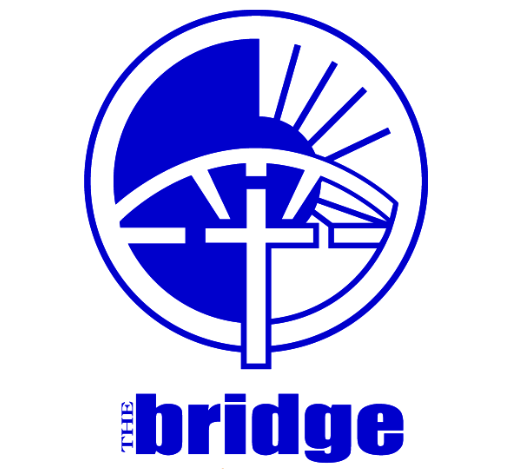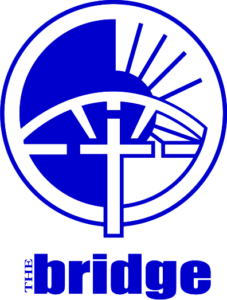Silent Cries: Signs of Child Abuse Every Adult Should Know
by Tammie Nielsen
Recognizing the Signs of Abuse
Children may not always tell us directly when something is wrong, but they often show signs of distress. Being aware of these signs can save a life:
Physical Signs: Unexplained bruises, burns, or injuries that don’t match a child’s explanation
Emotional Signs: Sudden withdrawal, extreme fearfulness, or drastic changes in behavior
Developmental Delays: Falling behind in school, not meeting developmental milestones, or struggling socially
Neglect Indicators: Poor hygiene, inappropriate clothing for the weather, or consistent hunger
Acting Out: Children experiencing abuse may often act out through bad behavior, such as aggression, defiance, or disruptions at home or school. These behaviors are frequently cries for help as children struggle to process the fear and pain they’re experiencing. This is most likely to occur when the child is not with the abuser.
Recognizing Grooming Behaviors: Grooming is a tactic abusers use to gain a child’s trust and manipulate them into secrecy. Warning signs may include adults who give special attention or gifts, attempt to isolate the child or cross appropriate boundaries. Being aware of these behaviors helps prevent abuse before it starts.
If you notice these signs, trust your instincts and report your concerns to the proper authorities.
What You Can Do to Prevent Child Abuse
Support Families in Your Community
Parenting is hard, and stress can lead to harmful behaviors. Offer help by babysitting, donating supplies, or simply listening. Your support can ease family pressures and prevent abuse.
Get Involved with Local Organizations
Support organizations that work to prevent child abuse. Volunteer, donate, or share their resources online to expand their reach.
Speak Up
If you see or suspect abuse, report it. Your voice can connect a child to the help they need and may save a life.
Monitor Online Activity
Children are vulnerable to online exploitation. Regularly check their apps and websites, talk to them about online safety, and watch for signs of digital grooming.
How to Report Abuse
If you suspect abuse, report it immediately to child protective services, law enforcement, or national hotlines like Childhelp (1-800-4-A-CHILD). Reports can often be made anonymously and could save a life.
Building a Brighter Future
Child Abuse Prevention and Awareness Month highlights solutions that protect children and strengthen families. Parenting classes, family counseling, and support groups teach healthy coping skills and care techniques.
We can also advocate for laws and policies that protect children. From funding child welfare programs to creating safer schools, our collective voice makes a difference.
The Power of Hope
The blue pinwheel is a symbol of Child Abuse Prevention and Awareness Month. It reminds us that every child deserves a safe, happy childhood.
What You Can Do Today
Take action to protect children:
- Start conversations about child safety with family and friends
- Share abuse prevention information on social media
- Attend local events or support organizations helping families
Every action, no matter how small, helps keep children safe.
For more information or resources, contact The Bridge at (713-473-2801) tbotw.org, Childhelp (1-800-4-A-CHILD), or visit www.childwelfare.gov.


